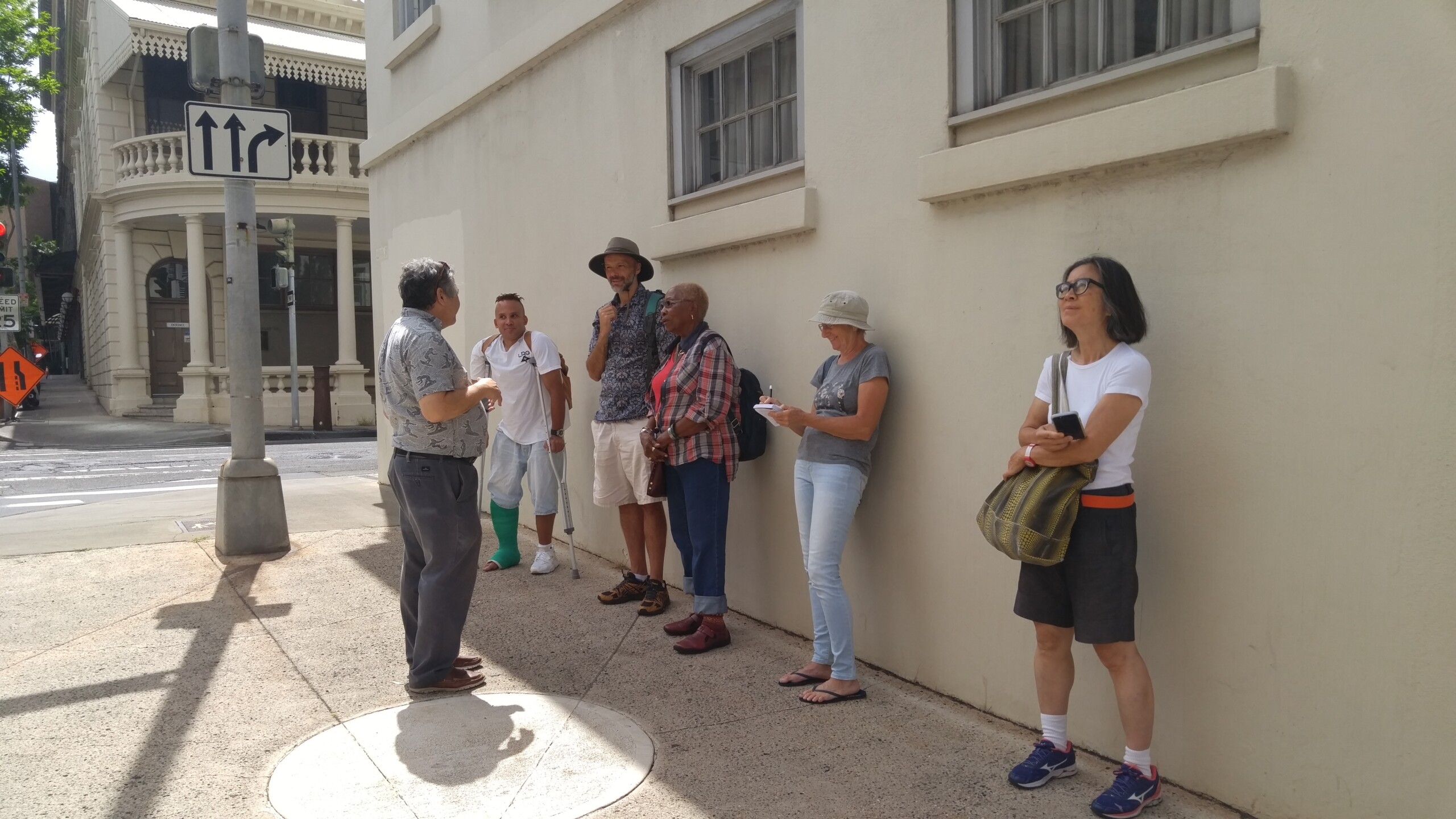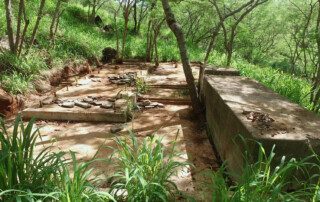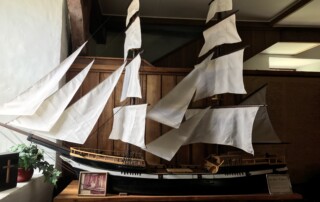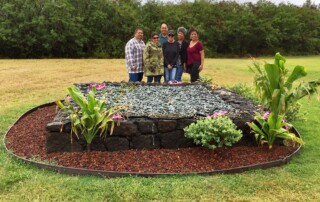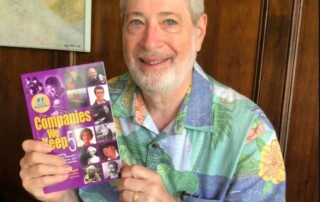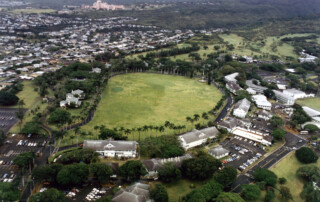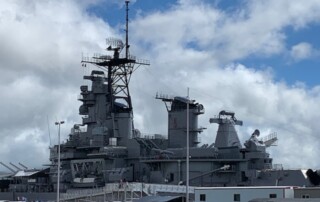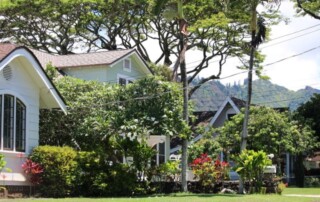Study Historic Preservation at UH Mānoa this Fall! Courses are Open to Students & Community Members
Fall Classes Include, Elements of Style in American Architecture & Decorative Arts and Preservation: Theory & Practice The University of Hawai‘i at Mānoa is offering classes in Historic Preservation as part of the American Studies Graduate Certificate Program in Historic Preservation. Whether you have an interest in pursuing a career in the field, want to enhance your professional skills or are keen to learn for learning's sake, these classes may be a fit for you. Historic preservation is a dynamic and evolving field, focusing on the care and management of the built environment and the protection of cultural heritage, in the widest sense. It is strongly tied to local, state and federal laws, historic preservation as both a field of inquiry and as a profession. Historic preservationists work in city, state and county agencies, for the federal government, in museums and non-profit organizations and in private consulting, planning, architecture and resource management firms. Increasingly, preservationists are involved in education, both at the K-12 level and in colleges and universities. There are currently over two dozen institutions of higher learning in the U.S. offering degrees or other courses or training in historic preservation including the University of Hawai‘i at Mānoa. Read more about the Historic Preservation Certificate Program here. Applications should be directed to the graduate division with the required paperwork. Community members who wish to enroll in one or more of the Historic Preservation courses, may do so by applying as a Post-Baccalaureate Unclassified student at UHM and then enroll in the course after they are accepted upon acceptance. Applications must be submitted by July 31 for Fall 2020. There is an application fee of $100. Click here to learn more and apply. Forward questions [...]


